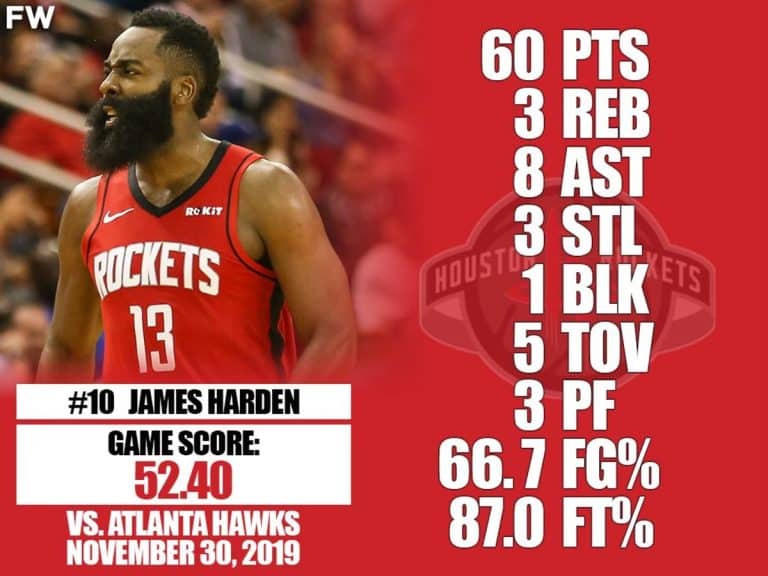Understanding NBA Betting Odds: An Introductory Guide
The National Basketball Association (NBA) is a thrilling and fast-paced sport that captivates fans worldwide. For many, it’s not just about cheering for their favorite teams but also about the excitement of wagering on the outcomes of NBA games. NBA betting has become a popular pastime, offering fans a chance to engage with the sport on a whole new level. Here you can learn about understanding NBA betting odds.
Whether you’re a die-hard basketball fan looking to dip your toes into sports betting or someone entirely new to both, this guide will provide you with the foundational knowledge needed to navigate the exciting world of NBA betting.
So, if you’re ready to unlock the secrets of NBA betting odds and elevate your basketball-watching experience, let’s dive in and explore the fundamentals that will put you on the path to becoming a more informed and successful NBA bettor.
Basics of Betting Odds
Now that we’ve established the importance of understanding NBA betting odds, let’s delve into the fundamentals. Betting odds are essentially numerical representations of the likelihood of a particular outcome in an NBA game, and they play a pivotal role in guiding your betting decisions. Here, we’ll break down the basics of how betting odds work and the different formats you might encounter:
A. Understanding Probability
- At the heart of betting odds lies the concept of probability. In simple terms, probability is a measure of the likelihood of an event occurring. In NBA betting, it’s the probability of a specific team winning or the game having a certain total score.
- Probability is usually expressed as a percentage, and betting odds help translate these percentages into numerical values that represent your potential payouts.
B. Different Odds Formats
- Betting odds can be presented in various formats, with three of the most common being:
- American Odds (+/-): American odds are often used in the United States. They are expressed with a plus (+) sign for underdogs and a minus (-) sign for favorites. We’ll explore this format more in the sections on point spreads and moneylines.
- Decimal Odds: Decimal odds are prevalent in Europe and other parts of the world. They represent the total payout, including your initial stake, as a decimal number. For example, odds of 2.00 mean that for every $1 wagered, you’ll get $2 in return.
- Fractional Odds: Fractional odds are commonly used in the United Kingdom. They are presented as fractions, such as 2/1 or 5/2, where the first number represents the potential profit, and the second number is your stake.
C. The Role of Bookmakers
- Bookmakers or sportsbooks are responsible for setting the odds for NBA games. Their goal is to create odds that attract balanced betting action on both sides of the wager. This balance helps ensure the bookmaker profits regardless of the game’s outcome.
- Bookmakers consider various factors when setting odds, including team performance, injuries, historical data, and public perception.
Point Spreads
Point spreads are a fundamental component of NBA betting, and they’re commonly used when wagering on basketball games. Understanding how point spreads work is essential for making informed bets. In this section, we’ll delve into the intricacies of point spreads:
A. What Are Point Spreads?
- Point spreads, also known as the “spread” or “line,” are a way to level the playing field in NBA betting. They are designed to attract equal betting action on both teams by giving an advantage to the perceived underdog.
- When you see an NBA game listed with a point spread, it looks something like this:
- Team A (-3.5)
- Team B (+3.5)
- In this example, Team A is the favorite, indicated by the minus (-) sign, and they are favored to win by 3.5 points. Team B is the underdog, with a +3.5-point handicap.
B. How Point Spreads Work
- To understand point spreads, imagine that the points have been “adjusted” before the game begins. In our example, Team A starts the game with a 3.5-point deficit, while Team B begins with a 3.5-point advantage.
- To win a point spread bet on Team A, they must win the game by more than 3.5 points. If they win by exactly 3.5 points, it’s a “push,” and your bet is refunded.
- For Team B to win the point spread bet, they must either win the game outright or lose by less than 3.5 points. Even if they lose by exactly 3.5 points, the bet is considered a win because of the added points.
C. Point Spread Examples
- Let’s explore a few examples to illustrate point spreads further:
- If you bet on Team A (-3.5) and they win 98-94, your bet is a winner because they covered the spread by winning by more than 3.5 points.
- If you bet on Team B (+3.5) and they lose 101-100, your bet is a winner because they “covered” the spread by losing by less than 3.5 points.
- If the final score is Team A 102, Team B 99, and you bet on Team A (-3.5), your bet is a push, and your stake is refunded.

Moneylines
Moneylines offer a straightforward and popular way to bet on NBA games, particularly for those who prefer simplicity over point spreads. In this section, we’ll break down moneylines and explain how they work in NBA betting:
A. What Are Moneylines?
- Moneylines are one of the most straightforward betting options in sports. They indicate which team is favored to win and which is the underdog without any point spread involved.
- When you see NBA odds listed in moneyline format, they look like this:
- Team A (-150)
- Team B (+130)
- In this example, Team A is the favorite, indicated by the minus (-) sign, and Team B is the underdog, with a plus (+) sign.
B. How Moneylines Work
- Moneylines show the amount you need to wager to win $100 on the favorite (minus moneyline) or how much you can win on a $100 bet with the underdog (plus moneyline).
- For Team A (-150), you must wager $150 to win $100 if they win the game. If you bet $75, you would win $50 (75% of $100).
- For Team B (+130), a $100 bet would win you $130 if they win. If you bet $50, you would win $65 (130% of $100).
- The size of the moneyline odds reflects the bookmaker’s assessment of each team’s chances of winning. Smaller moneylines indicate favorites, while larger ones signify underdogs.
C. Moneyline Examples
- Let’s explore a few examples to illustrate how moneylines work:
- If you bet $100 on Team A (-150) and they win, you’d receive your $100 back plus an additional $66.67 in profit.
- If you bet $100 on Team B (+130) and they win, you’d receive your $100 back plus an additional $130 in profit.
- If you bet $50 on Team A (-150) and they win, you’d receive your $50 back plus an additional $33.33 in profit.
Over/Under Totals
Over/under totals, often referred to as “totals” or the “O/U,” offer NBA bettors an engaging way to wager on the combined score of a game, rather than picking a specific team to win.
A. What Are Over/Under Totals?
- Over/under totals are a type of NBA bet that focuses on predicting the total combined score of both teams in a game. This bet is not concerned with which team wins or loses but rather with whether the final score will be over or under a specified number set by the bookmaker.
- When you see over/under odds listed for an NBA game, they look like this:
- Over 220.5 (-110)
- Under 220.5 (-110)
- In this example, the bookmaker has set the total points for the game at 220.5.
B. How Over/Under Totals Work
- Your goal when betting on over/under totals is to predict whether the final combined score of both teams will be higher (over) or lower (under) than the specified total points.
- In the example above, if you bet on the “Over 220.5,” you win your bet if the final score of the game is 221 points or more. If you bet on the “Under 220.5,” you win if the final score is 220 points or less.
- The bookmaker will typically offer odds on both the over and under options, with each option having its own payout.
C. Over/Under Totals Examples
- Let’s explore a few examples to illustrate over/under totals betting:
- If you bet $100 on the “Over 220.5” (-110) and the final score is 225 points, you’d win your bet and receive your $100 back plus an additional $90.91 in profit.
- If you bet $100 on the “Under 220.5” (-110) and the final score is 215 points, you’d win your bet and receive your $100 back plus an additional $90.91 in profit.
Overall
In this introductory guide to understanding NBA betting odds, we’ve unraveled the complexities of point spreads, moneylines, and over/under totals. We hope that you now have a solid foundation to navigate the world of NBA betting with confidence and knowledge.
As you embark on your NBA betting journey, remember that success often comes with experience and continued learning. Analyzing games, studying player statistics, and staying informed about the latest developments in the league will contribute to your betting prowess.



